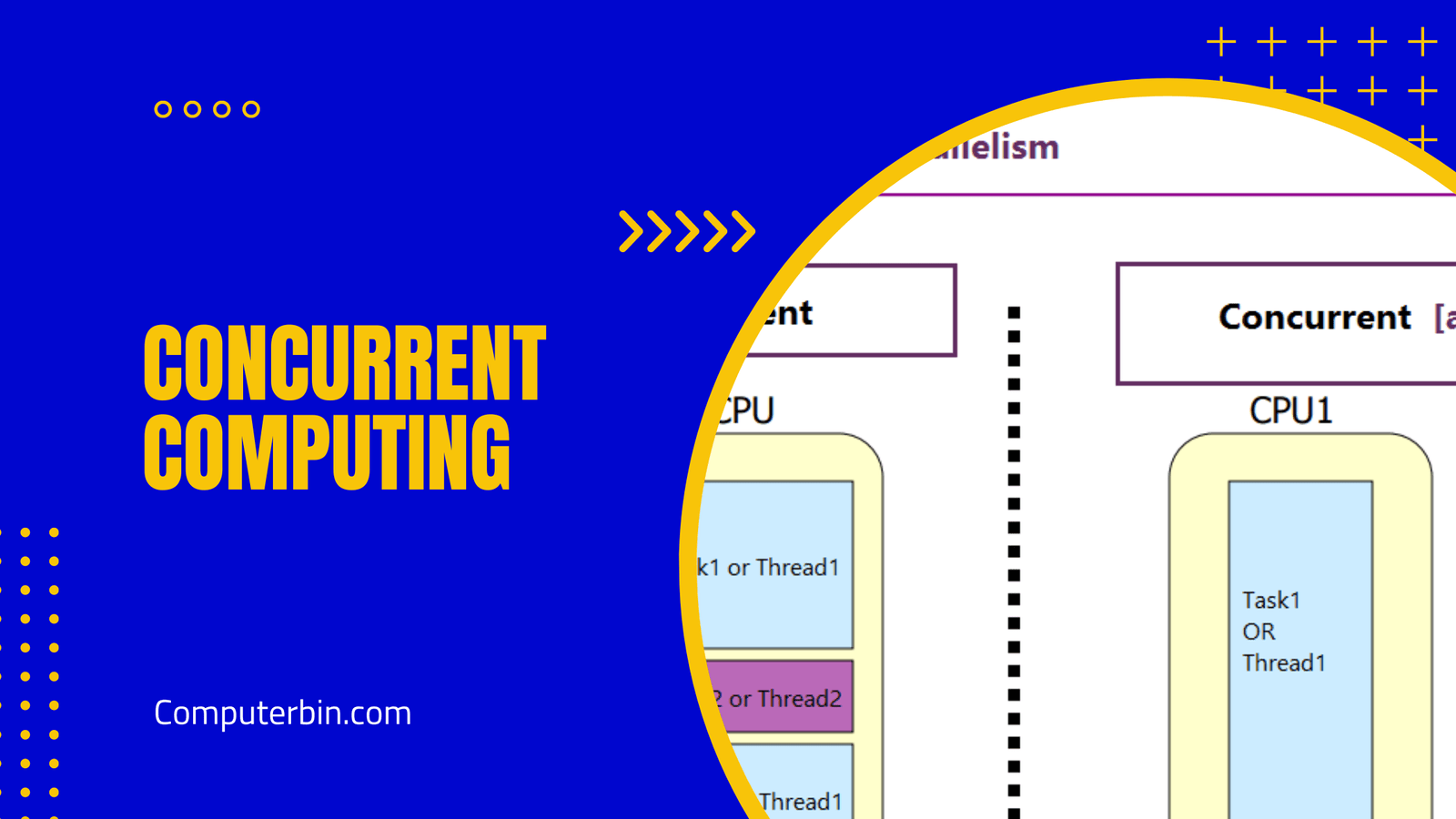The central processing unit (CPU) of a computer utilizes an advanced form of memory known as the CPU cache to store frequently-accessed data. It shares a chip with the CPU and can be accessed much more quickly than main memory, located on the motherboard.
The purpose of CPU cache is to reduce how often the CPU must access main memory, a slower process. Data that’s frequently accessed is stored in cache so that it can be accessed quickly and efficiently by the CPU, improving overall computer performance.
Cache is divided into three levels: L1, L2 and L3. L3 cache is the largest and slowest, while L1 cache is the smallest and swiftest. L2 cache falls somewhere in between with both speed and size in the middle.
Types of CPU Cache
Instruction cache and data cache are two distinct categories of CPU cache. Data cache stores the information that instructions use, while instruction cache stores the actual instructions the CPU needs to execute.
For the CPU to quickly access instructions it needs to execute, an instruction cache is essential. This is especially vital for complex tasks requiring multiple instructions to be executed sequentially.
Data cache is essential for storing important information that the CPU accesses frequently. This includes computations, display information on the screen, and exchange with other components of a computer.
How CPU Cache Works
Copies of data that the CPU frequently accesses are kept in cache. When looking for a copy to use, the cache is the first place the CPU looks first to see if one exists. If so, it uses that copy; otherwise it accesses main memory for retrieving the needed information.
For the CPU’s convenience, cache information is organized in a particular way – this group is known as a cache line. This allows the CPU to simultaneously access all data contained within each cache line, which each contains multiple pieces of information.
How much data can be stored in a cache depends on its size and number of cache lines. Cache size and line count determine how quickly data can be accessed by the CPU, depending on their capacity.
Advantages of CPU Caching
CPU cache offers several benefits to enhance computer performance by minimizing how often the CPU must access main memory. This is particularly useful for tasks requiring extensive data access or multiple instructions from the CPU simultaneously.
Caching data in a CPU cache reduces the demands on main memory, freeing it up for other tasks since frequently accessed data is stored locally rather than constantly accessed. Caching also provides for greater reliability when performing operations with large datasets, since all pertinent information can be kept out of cache temporarily.
Conclusion
Data that is frequently accessed by the CPU is stored in a type of memory called CPU cache, which is much quicker to access than main memory and located on the same chip as the CPU. Instruction cache and data cache make up two distinct categories within CPU cache. By reducing how often main memory must be accessed by the CPU and relieving its workload on main memory, CPU cache helps improve computer performance.





